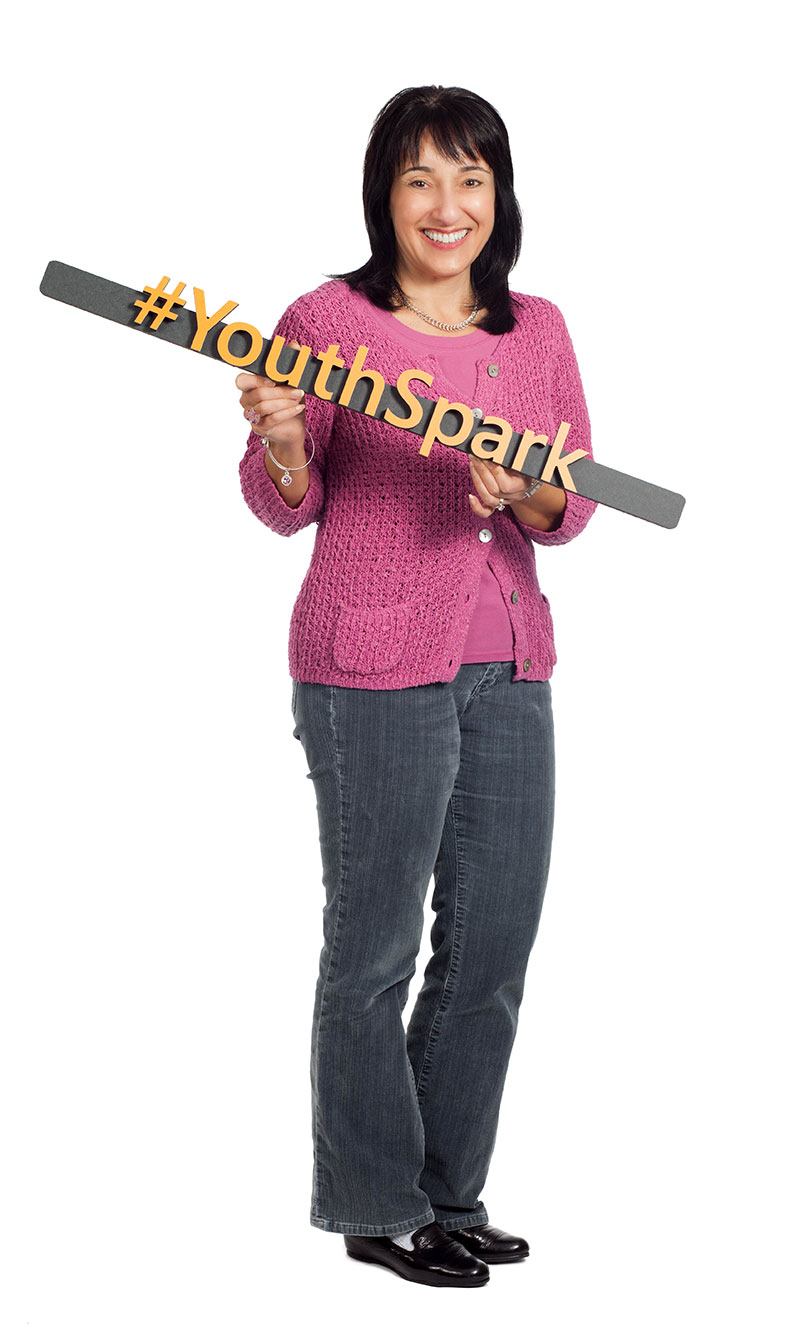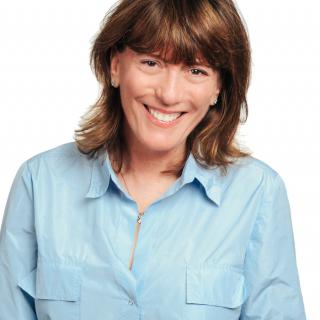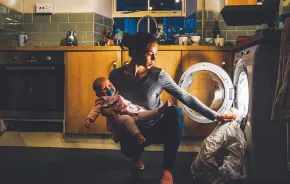 Lori Forte Harnick is General Manager for Citizenship & Public Affairs at Microsoft. In this role, she leads Microsoft’s global work on corporate social responsibility. In the most recent fiscal year, Microsoft’s total annual giving surpassed $1 billion for the first time, with cash donations of $119 million and in-kind donations worth $948.6 million. The Microsoft YouthSpark Initiative is on track to surpass its goal of creating opportunities for 300 million youth over three years, having created opportunities for 227 million youth to date.
Lori Forte Harnick is General Manager for Citizenship & Public Affairs at Microsoft. In this role, she leads Microsoft’s global work on corporate social responsibility. In the most recent fiscal year, Microsoft’s total annual giving surpassed $1 billion for the first time, with cash donations of $119 million and in-kind donations worth $948.6 million. The Microsoft YouthSpark Initiative is on track to surpass its goal of creating opportunities for 300 million youth over three years, having created opportunities for 227 million youth to date.
I’ve heard yours called one of the most interesting and rewarding jobs at Microsoft. Why is that?
It’s because our company takes special pride in being a great corporate citizen. That means that when I come to work each day, I know I have the resources of this incredible company and our amazing employees behind me. For example, our Employee Giving Campaign, which is run from our corner of Microsoft, encourages community involvement, and matches the financial and volunteer contributions of our employees. 2013 was the third year that our employees gave more than $100 million to over 18,000 nonprofits worldwide. Over the life of the program, we’ve given more than $1 billion to nonprofits, with nearly $600 million of that going to Washington state–based organizations.
In recent years, Microsoft has focused its philanthropic and policy work on youth. What motivates that?
One of the big motivators is the fact that the world economy has changed, and young people are disproportionately impacted. Despite pockets of recovery in the global economy, worldwide unemployment continues to rise, particularly among youth between the ages of 15 and 24. This is one of the reasons why we created the Microsoft YouthSpark initiative. Microsoft is made up of over 100,000 people with a passion for tackling big problems. Youth unemployment is one of those problems.
What is Microsoft YouthSpark?
Microsoft YouthSpark is our global, company-wide initiative that aims to create opportunities for 300 million youth around the world by 2015 through partnerships with governments, nonprofit organizations and businesses. The goal of the initiative is to address the opportunity divide facing youth around the world — a gap between those who have the access, skills and opportunities to be successful and those who do not.
Microsoft YouthSpark brings together Microsoft’s technology, training and resources to help youth build the future they want by connecting them with greater opportunities for education, employment and entrepreneurship. All programs and resources can be found on the YouthSpark Hub, an online space for youth of all ages to get involved with YouthSpark.
How does YouthSpark help youths in Washington state?
We’re really proud of YouthSpark’s impact in our home state of Washington. One of our YouthSpark programs is called Technology Education And Literacy in Schools (TEALS), in which we connect technology professionals — many of them Microsoft employees — with teachers in high schools in order to teach computer science. Through TEALS, we’re now teaching computer science in 46 Washington state schools. TEALS, by the way, accepts volunteers from more than just Microsoft. We have lots of volunteers from companies such as Amazon, Nintendo, Tableau and more.
We also have a special program just for Washington state called the Washington Opportunity Scholarship. Under this program, Microsoft and Boeing each committed $25 million for scholarships for those studying science, technology, engineering, math (STEM) and health care. The state chipped in another $30 million. This scholarship now supports more than 2,300 low- and middle-income students every year studying subjects critically important to our economy.
What is your advice for parents who are worried that their kids aren’t getting the skills they need to be successful?
My advice is to help children understand that they can be makers — not just users — of technology. Help kids understand that someone just like them made that app on their phone and that game on their Xbox. You don’t have to be a genius — and you don’t even have to be a math whiz — to learn how to program a computer or a mobile device. It’s just as much about creativity as it is about science. You take one step at a time, taking part in the Hour of Code, for example. You can create games. You can create software that saves people time and money. And you can create apps to help people solve big problems. For example, I recently met some college kids who made an app to help diagnose anemia in the developing world. Parents should help their kids understand that the possibilities are endless and just about any young person has the intelligence and creativity to take those first steps.
Can you tell us more about the Hour of Code?











